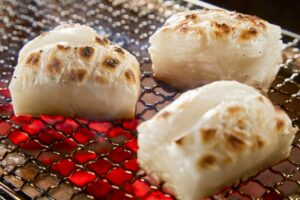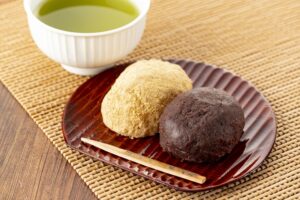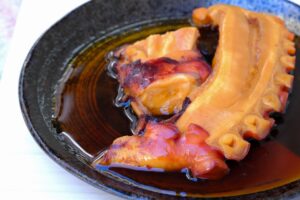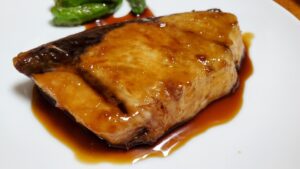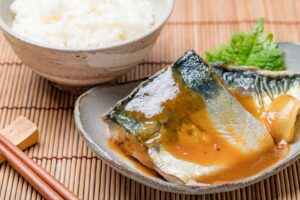Kombu, a type of seaweed integral to Japanese cooking, is renowned for its rich umami flavor and impressive health benefits. This guide will explore everything you need to know about kombu, from its nutritional benefits and cooking methods to recipes and innovative ways to include it in your meals. Whether you’re a seasoned chef or a home cook, learning about kombu will elevate your culinary skills and contribute to a healthier diet.
What is Kombu?
Kombu is a type of seaweed belonging to the kelp family, commonly used in East Asian cuisine, particularly in Japan. It has a long history as a staple ingredient in Japanese cooking, prized for its ability to impart a deep umami flavor to dishes. Typically found in dried form, kombu can also be fresh or powdered. Its taste is subtly salty with a rich umami profile, making it an excellent base for broths and soups. The texture of kombu varies from firm and leathery when dried to soft and pliable after soaking or cooking.
Origin and Varieties of Kombu
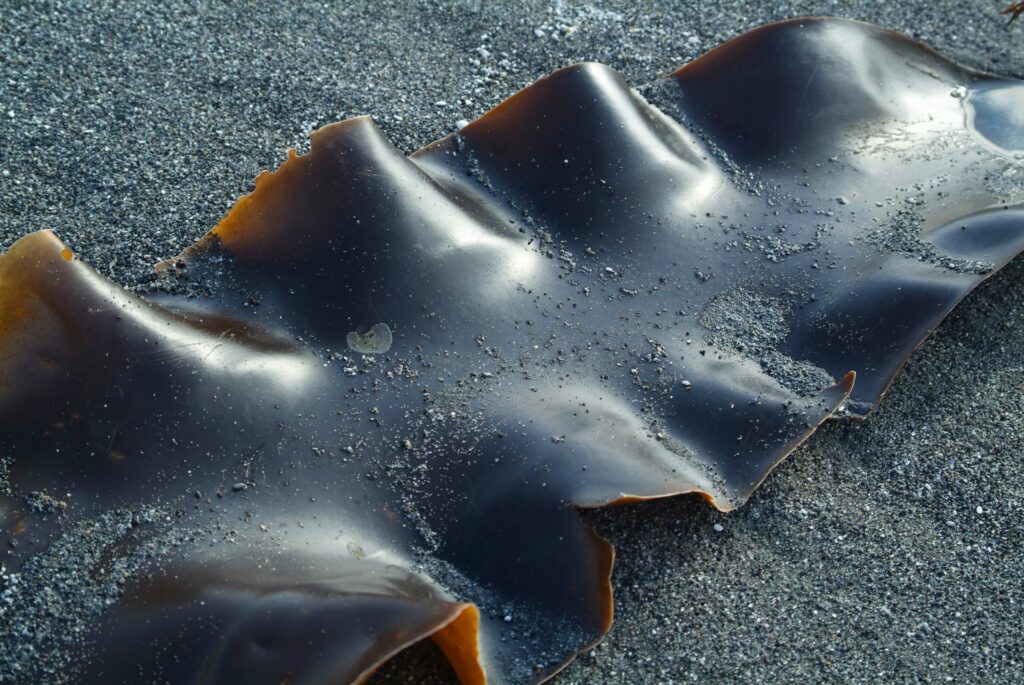
Kombu is predominantly harvested from the cold waters off the coasts of Japan, Korea, and China. Various types of kombu are available, each with distinct characteristics that influence flavor and culinary use. For example, Rishiri kombu is known for its strong umami and is often used in high-quality dashi (a traditional Japanese broth). In contrast, Hidaka kombu is softer and sweeter, making it more suitable for eating directly or incorporating into dishes. These regional variations allow chefs and home cooks to choose the type of kombu that best fits their culinary needs.
Health Benefits of Kombu
Kombu is not just a flavorful addition to meals; it also offers numerous health benefits. Rich in essential nutrients like iodine, calcium, and vitamins A, C, E, and K, kombu supports overall health. It is particularly noted for its high iodine content, which is crucial for thyroid function. Kombu also contains fucoidan, a type of polysaccharide that has been studied for its potential anti-inflammatory and antiviral properties. Incorporating kombu into your diet can help boost metabolism, support immune health, and improve digestion.
How to Cook with Kombu
Cooking with kombu is straightforward, making it accessible for both novice and experienced cooks. It is most commonly used to make dashi, the cornerstone of many Japanese dishes. To prepare kombu, it is typically soaked in water and then simmered to extract its rich flavor. Once softened, it can be sliced and added to various dishes or removed after flavoring the broth.
Preparing Kombu for Cooking
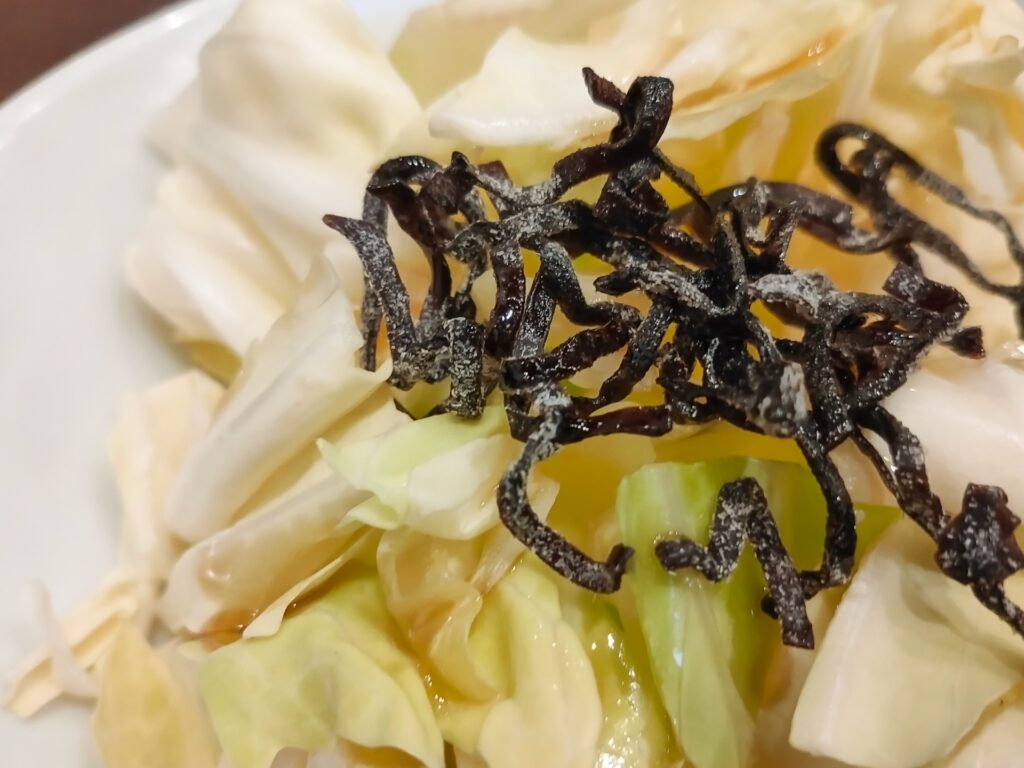
To prepare kombu, begin by wiping it lightly with a damp cloth to remove any surface impurities without washing away the beneficial substances. Then, soak the kombu in cold water for at least 30 minutes, which will help soften it and release its umami flavor. After soaking, the kombu can be boiled gently to create a flavorful broth or sliced for use in soups, stews, or salads. Proper storage of kombu is essential to maintain its quality; keep it in a cool, dry place or store it in the refrigerator.
Using Kombu to Make Dashi (Japanese Broth)
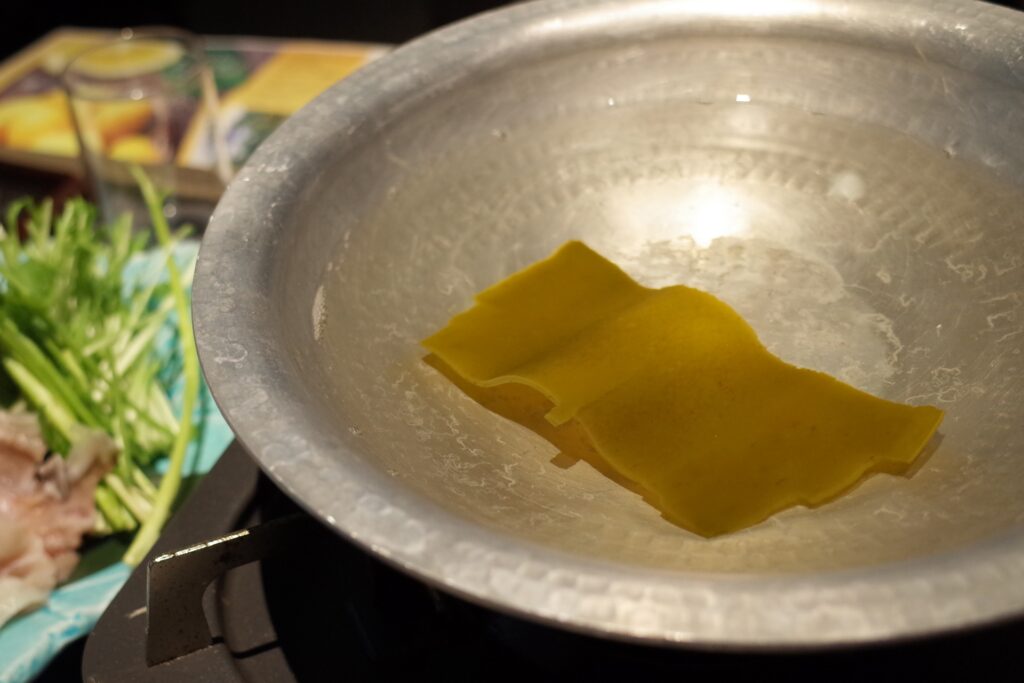
Dashi, a fundamental component of Japanese cuisine, is made by simmering kombu in water and often combining it with bonito flakes for added depth. The process is simple: soak kombu in water for about 30 minutes, then heat it slowly until just before boiling. Remove the kombu to prevent a bitter taste, and then add bonito flakes if desired. This light, savory broth can be used as a base for soups, sauces, and many other dishes.
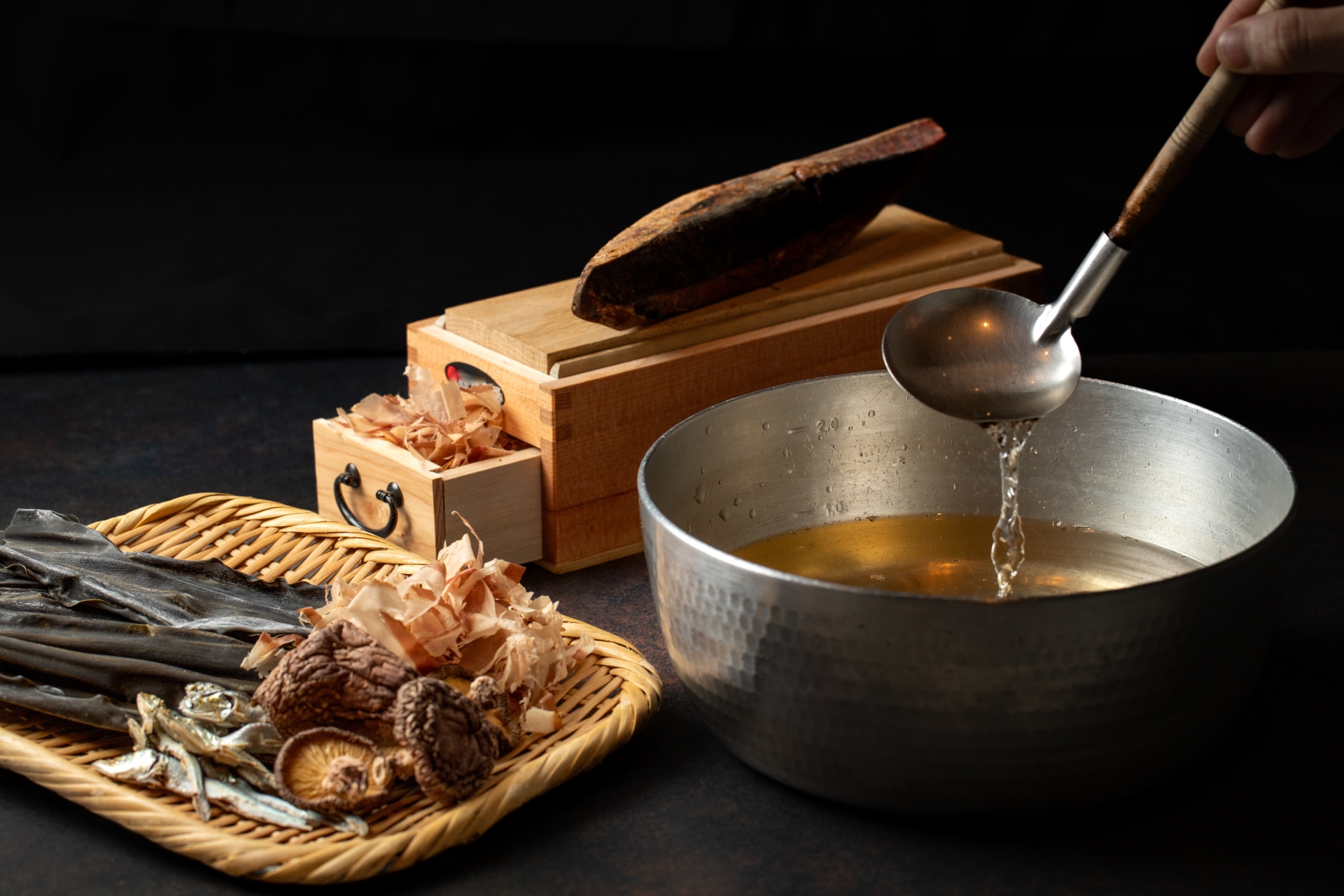
Additional Recipes Featuring Kombu
Kombu’s versatility extends beyond dashi. It can be used to enhance the flavor of miso soup, add depth to vegetable stews, or be pickled as a side dish. For those looking to incorporate more plant-based ingredients into their diet, kombu can be added to bean dishes to improve digestibility and infuse a subtle umami taste. Vegan and gluten-free recipes featuring kombu are also popular, making it a suitable ingredient for various dietary preferences.
Innovative Uses of Kombu in Modern Cooking
Chefs around the world are increasingly experimenting with kombu, incorporating it into fusion dishes that go beyond traditional Japanese cuisine. Its umami-enhancing properties make it an ideal addition to Western dishes like pasta sauces, risottos, and marinades, offering a unique flavor profile. Kombu can be used to infuse oils and vinegars, creating condiments that add depth to various recipes.
Kombu in Western and Fusion Dishes
Kombu’s potential in non-Japanese cuisine is vast. It can be added to stocks and broths for soups, or even incorporated into dessert recipes to balance sweetness with umami. In fine dining, kombu is often used to marinate proteins, such as fish or meat, enhancing their natural flavors. By experimenting with kombu in everyday cooking, chefs and home cooks alike can discover new taste dimensions.




